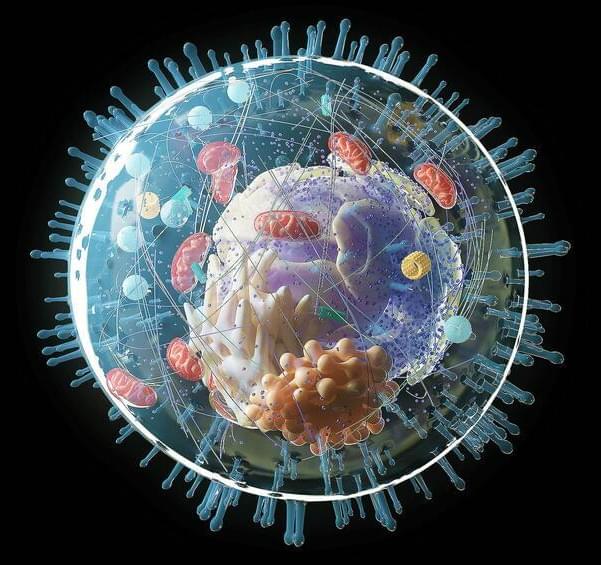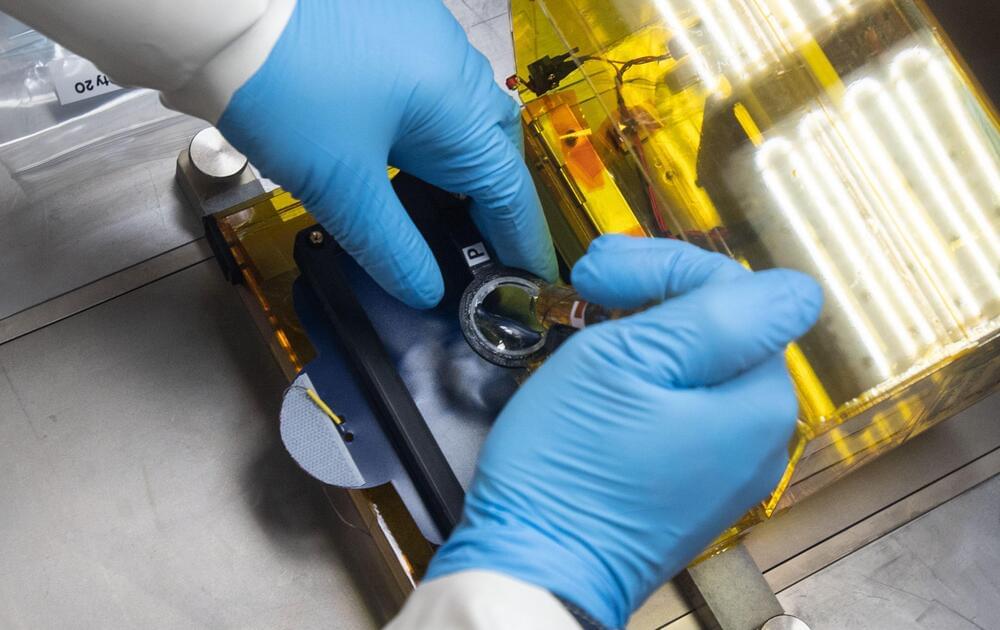For a very long time, we have been under the impression that memory and learning are solely the brain’s forte. Central to this belief is the fact that our brains, particularly our brain cells, store memories.
However, an innovative team of researchers begs to differ, suggesting that cells in other parts of the body partake in this memory function too.
The ability of non-brain cells to learn and form memories is a riveting discovery.







